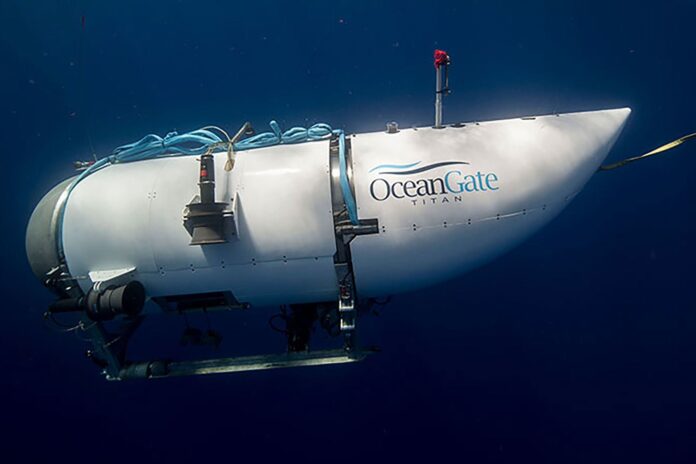When disaster strikes under the sea, it is often a mystery wrapped in a conundrum, enclosed within a deep blue enigma. Such is the case of the Titan submersible, which met with a stonking catastrophe that left the scientific and maritime communities in a state of disbelief and concern. The word stonking, fittingly and sadly, describes the sheer magnitude and intensity of the event – a catastrophic implosion that splintered the vessel into debris.
CEO Stockton Rush: "I have broken some rules to make this. (…) The carbon fibre and titanium there is a rule that you don’t do that. Well, I did.“#Titanic #OceanGate #Titan pic.twitter.com/XuUAMuCJ2v
— stonking.com (@stonking) June 22, 2023
The evidence of the Titan’s demise lies scattered on the ocean floor, a silent testament to a puzzle that needs solving. The fragments of the submersible will become the key pieces in a painstaking investigation aimed at deciphering what led to this calamity. Imagine a jigsaw puzzle, but one that could unlock the secrets of structural engineering, material science, and deep-sea exploration.
At the heart of the investigation is a question of material integrity. The Titan, like many modern submersibles, was constructed from a combination of carbon fiber and titanium. These materials are chosen for their strength and lightness, desirable traits when designing a vessel that must withstand the crushing pressures of the deep. However, the incident raises questions about potential risks associated with these materials.
There’s a possibility that the carbon fiber, a crucial component of the Titan, underwent a structural failure leading to a hull rupture. This could have been a result of a flaw within the material itself or possibly inadequate testing. The immense pressure at the depths where the Titan operated is equivalent to the weight of the Eiffel Tower pressing down on the vessel, making the potential for a stonking implosion due to material failure a very real risk.
The investigation also turns a critical eye towards the joints between the carbon fiber and the titanium. These areas of intersection are potential weak spots that require meticulous examination to ensure they withstand the rigors of deep-sea exploration.
The conundrum of the Titan’s demise is not only a technical one. There’s an added layer of complexity because there’s no established protocol for such investigations with a submersible. While it remains unclear which agency will spearhead the investigation, what is clear is that the results will have far-reaching implications for future deep-sea expeditions.
The tale of the Titan serves as a stark reminder of the challenges and risks inherent in pushing the boundaries of human exploration. It emphasizes the need for meticulous design, rigorous testing, and a thorough understanding of the materials we use in our quest to explore the unknown depths.
Sources: BBC News, “Titan investigation: How will they find out what happened?”
